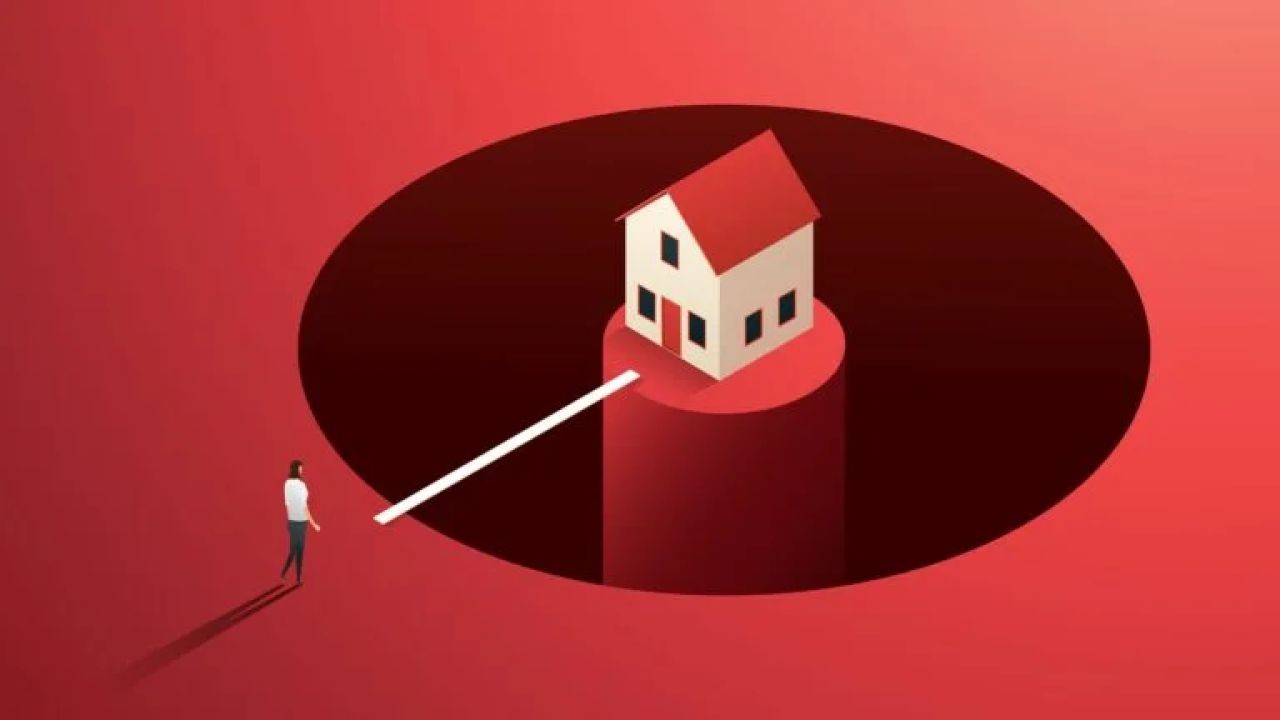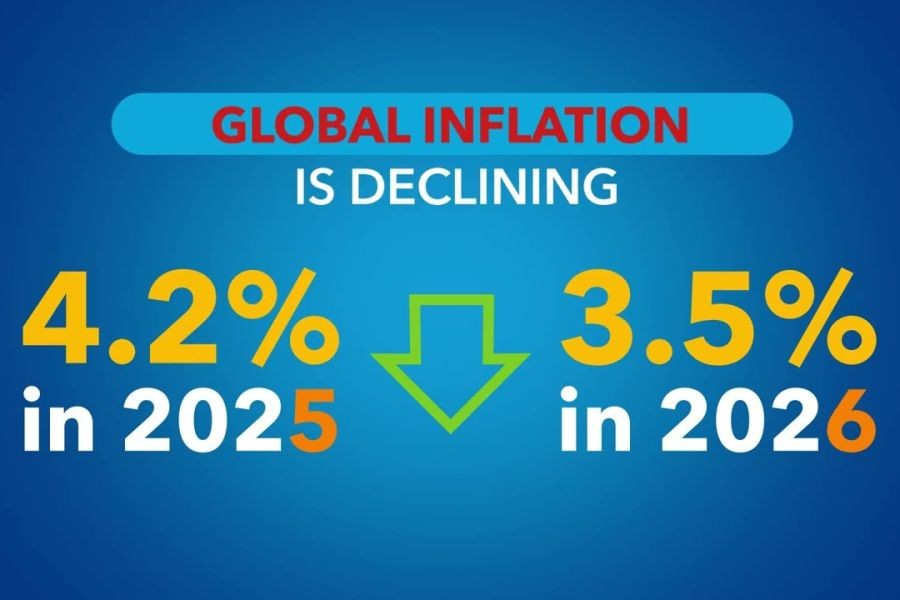In the dynamic economic landscape of the 1990s, New Zealand embarked on a transformative journey that reshaped its financial horizon. A period marked by significant reforms, this decade witnessed economic growth that left an indelible impact on various sectors, notably real estate. But what catalyzed this boom, and how did this era of economic expansion fuel one of the most substantial property market surges in New Zealand's history?
Economic Reforms and Growth: Setting the Stage
During the 1990s, New Zealand experienced a period of substantial economic reform and restructuring, which laid the groundwork for its economic growth. The reforms were initiated in the late 1980s, with a focus on liberalizing the economy, reducing government intervention, and promoting a free-market environment. These changes included the deregulation of financial markets, privatization of state-owned enterprises, and the removal of subsidies and tariffs.
The impact of these reforms was profound. According to the Reserve Bank of New Zealand, GDP growth averaged around 3.5% annually throughout the 1990s, a significant recovery from the economic stagnation of the previous decade. This growth was supported by a surge in productivity, increased foreign investment, and a burgeoning export sector driven by agriculture and services.
Case Study: Auckland's Real Estate Surge
Problem: By the early 1990s, Auckland faced significant housing shortages due to a rapidly increasing population, driven by both international migration and urbanization.
Action: The Auckland City Council responded by implementing strategic urban development plans, encouraging high-density housing, and streamlining planning processes to facilitate new constructions.
Result: Between 1990 and 2000, Auckland experienced a property price increase of over 90%, according to Stats NZ. The city's skyline transformed with new developments, catering to the demands of a growing population.
Takeaway: Strategic urban planning and responsive policymaking are crucial in addressing housing demands. New Zealand's cities today can learn from Auckland's proactive approach in the 1990s to manage similar challenges.
Factors Driving the Real Estate Boom
The real estate boom in the 1990s was not a mere coincidence but rather a culmination of several factors that aligned to create a fertile ground for property investments.
- Economic Stability: The economic reforms led to a stable macroeconomic environment, with low inflation and interest rates, making borrowing more accessible.
- Increased Migration: New Zealand's attractive lifestyle and economic opportunities encouraged immigration, contributing to housing demand.
- Rising Incomes: As the economy grew, so did household incomes, enhancing the purchasing power of New Zealanders.
- Government Policies: Policies such as the Home Ownership Savings Scheme incentivized home-buying, further stimulating demand.
Real-World Case Study: The Role of Foreign Investment
During the 1990s, New Zealand opened its doors to foreign investors, which significantly impacted the real estate market.
Problem: Limited domestic capital was constraining large-scale real estate developments.
Action: The government relaxed foreign investment regulations, encouraging international capital flow into New Zealand's property market.
Result: By 1997, foreign investment in real estate had increased by 45%, according to MBIE. This influx of capital facilitated major projects, including commercial and residential developments, boosting property values.
Takeaway: A balanced approach to foreign investment can stimulate economic growth and infrastructure development, provided it aligns with national interests.
Pros and Cons of the 1990s Real Estate Boom
Like any economic phenomenon, the real estate boom had its advantages and drawbacks, impacting different stakeholders in varied ways.
✅ Pros:
- Wealth Accumulation: Property owners saw significant appreciation in asset values, creating wealth and financial security.
- Job Creation: The construction and real estate sectors experienced a surge in employment opportunities, contributing to economic growth.
- urban development: Cities expanded and modernized, improving infrastructure and living standards.
❌ Cons:
- Affordability Issues: Rising property prices outpaced income growth, making homeownership challenging for many Kiwis.
- Speculative Risks: The boom attracted speculative investments, leading to volatility and potential market corrections.
- Environmental Concerns: Rapid urbanization raised concerns about sustainable development and environmental impact.
Myths & Mistakes in Understanding the Boom
Myth vs. Reality
- Myth: "Economic growth alone fueled the real estate boom."
- Reality: While economic growth was a factor, policy reforms, migration, and foreign investment were equally influential.
- Myth: "The real estate boom was risk-free."
- Reality: The boom carried risks, including over-leveraging and market corrections, underscoring the need for prudent investment strategies.
Common Mistakes & Pitfalls
- Ignoring Market Signals: Investors often overlooked signs of overheating, leading to financial losses when the market corrected. Solution: Regular market analysis and risk assessments are crucial.
- Over-leveraging: Many investors overextended themselves financially, assuming perpetual growth. Solution: Maintaining a balanced portfolio and liquidity reserves can mitigate risks.
Future Trends: What Lies Ahead?
The lessons from the 1990s are invaluable as New Zealand navigates its future economic landscape. Key trends include:
- Digital Transformation: Technology will continue to reshape real estate transactions, with AI and blockchain leading the way.
- Sustainability Focus: Future developments will prioritize eco-friendly practices, aligning with global sustainability goals.
- Policy Evolution: Regulatory frameworks will adapt to address affordability and foreign investment concerns.
According to a 2024 report by the Reserve Bank of New Zealand, the property market will see continued growth, albeit at a moderated pace. This presents opportunities for strategic investments, especially in emerging urban areas.
Conclusion: Navigating the Real Estate Landscape
The 1990s were a pivotal decade for New Zealand's economic and real estate sectors. Understanding the factors that drove the boom provides valuable insights for future investments and policy-making. As New Zealand continues to evolve, stakeholders must embrace innovation, sustainability, and strategic planning to navigate the challenges and opportunities ahead.
Ready to explore the future of New Zealand's real estate market? Join our exclusive newsletter for the latest insights and trends!
People Also Ask
- How did economic growth in the 1990s impact New Zealand's real estate market? Economic growth in the 1990s led to increased incomes and stability, stimulating property demand and driving a real estate boom.
- What were the main drivers of New Zealand's real estate boom in the 1990s? Key drivers included economic reforms, increased immigration, rising incomes, and favorable government policies.
- How did foreign investment influence New Zealand's property market in the 1990s? Foreign investment relaxed regulations, increasing capital flow and facilitating major property developments.
- What are the future trends for New Zealand's real estate market? Future trends include digital transformation, sustainability focus, and evolving policies to address affordability and foreign investment.
Related Search Queries
- New Zealand real estate market history
- Impact of 1990s economic reforms in New Zealand
- Foreign investment in New Zealand property
- Auckland housing market trends
- Sustainable urban development in New Zealand































AlinaHowie
6 months ago